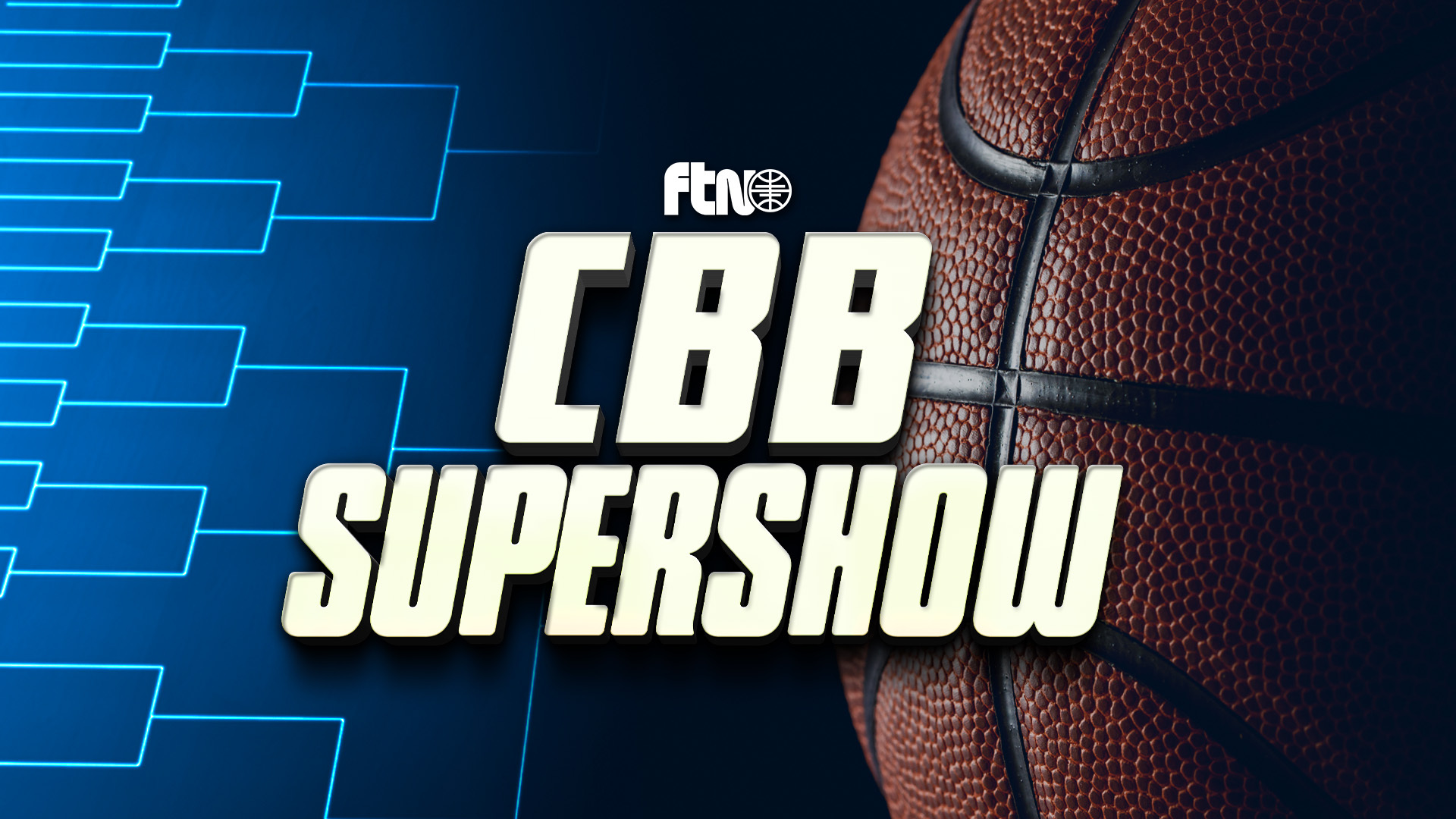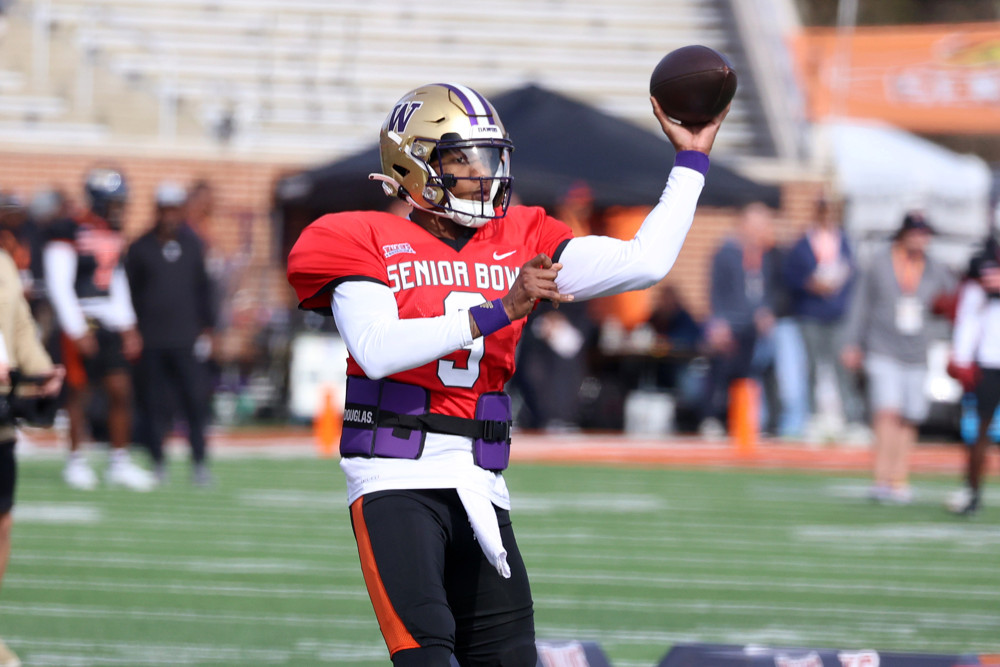
The bracket is coming.
In less than two weeks, offices and companies throughout the country will be feverishly completing March Madness brackets trying to predict who will win the race to the Final Four in Phoenix.
While most will tell you filling out a bracket is based on complete luck, there are certainly tricks and trends we can use to help increase your chances of taking home first prize with your 2024 NCAA Tournament bracket.
Here are some keys to remember as you get ready to complete your bracket in this year’s March Madness.
Don’t Overvalue No. 1 Seeds
Since the NCAA Tournament expanded in 1985, there has only been one season where all four No. 1 seeds reached the Final Four (2008). In fact, there have only been three other times that three of the No. 1 seeds reached the Final Four (1997, 1999, 2015). Over the past eight tournaments since that 2015 season, the average number of No. 1 seeds to reach the Final Four was just 1.13. When completing your bracket, it is a mistake to put more than two No. 1 seeds all the way through to Arizona.
The Most Common First-Round Upset? No. 11 vs. No. 6 Seeds
For years, bracketologists always talked about the dangerous No. 12 seed upset over a No. 5 seed. The last time a No. 11 seed did not upset a No. 6 seed was 20 years ago in 2004. This upset has also been enhanced by the two “play-in” games.
In 2011, the NCAA added two extra games prior to the start of the full 64-team tournament. Those games feature 16 seeds, 12 seeds, and 11 seeds. There have been 18 instances where a No. 11 seed played in one of the First Four matchups. In nine of those games, the winner has advanced to at least the Round of 32. Analyzing by year, an 11-seed has advanced to at least the Round of 32 in nine of the 11 years a team played in a First Four matchup. Lastly, there have been seven years that the NCAA Tournament included two No. 11 seeds playing in the First Four. In those situations, an 11-seed has advanced at least two rounds six times.
Don’t overlook those No. 6 vs. No. 11 seed upset, especially if the lower seed has the advantage of the Play-In Game momentum.
Watch Out For 10-Seeds
The most dangerous lower seeds no one talks about are the No. 10 seeds, who have earned at least one upset in every NCAA Tournament except 1993 and 2007. In the last seven NCAA Tournaments, we have seen more than one No. 10 seed advance three times, including 2019 when three No. 7 seeds were eliminated. Only in 1999 were all No. 7 seeds swept by the No. 10 seeds, but make sure you include at least one No. 10 seed advancing in your brackets.
How Far Can Each Seed Advance?
Here is a quick summary of how far each seed has advanced in the NCAA Tournament.
No. 1 Seeds: A top seed has reached the Championship Game in 29 of the past 38 seasons. A No. 1 seed has won the title 24 times, equating to a 63.2% win rate.
No. 2 Seeds: A 2-seed has reached the National Championship Game a total of 13 times since the tournament expanded in 1985. They have won five times, with the latest being Villanova (2016) and Connecticut (2004).
No. 3 Seeds: Ten trips to the final game, with four National Championships. No. 3 seeds have been very successful in this century, winning three times (2003 Syracuse, 2006 Florida, 2011 Connecticut).
No. 4 Seeds: Has made four National Championship appearances, with both Connecticut (2023) and (1997) taking home the crown.
No. 5 Seeds: A No. 5 seed has never won the NCAA Tournament, finishing as a runner-up four times including Florida (2000), Indiana (2002) and San Diego State last season. The greatest 5-seed was the 2010 Butler Bulldogs, who lost to Duke by two points in the National Championship.
No. 6 Seeds: Only two trips to the final game, with one National Championship by Danny Manning and the Miracles in 1988.
No. 7 Seeds: The 2014 National Championship featured the lowest average seeding since 1985, with No. 7 Connecticut defeating No. 8 Kentucky.
No. 8 Seeds: A surprising four trips to the National Championship game for the No. 8 seeds, with just one legendary win by Vilanova in 1985.
No. 9 Seeds: Two No. 9 seeds have made it to the Final Four with last year’s Florida Atlantic Owls joining the 2013 Wichita State Shockers.
No. 10 Seeds: The Malachi Richardson-led Syracuse Orange were the first No. 10 seed to reach the Final Four in 2016. The 10-seeds have flooded the Elite Eight, reaching the penultimate Final Four game eight times.
No. 11 Seeds: As noted above, the 11-seeds are very dangerous. They have reached the Final Four on five separate occasions, with two of those teams (2021 UCLA, 2011 VCU) coming from the First Four play-in game.
No. 12 Seeds: The 2021 Oregon State Beavers and 2002 Missouri Tigers are the only 12-seeds to make the Elite 8.
No. 13 Seeds: No 13-seed has ever made the Elite Eight, but six have reached the Sweet 16. Most recent was LaSalle in 2013.
No. 14 Seeds: Both Chattanooga (1997) and Cleveland St. (1986) fought their way to the Sweet 16. Can this year add a third?
No. 15 Seeds: The 15-seeds are starting to get hot, with seven first-round upsets in the past 11 years. Saint Peter’s became the first and only No. 15 seed to advance to the Elite 8 in 2022, and Princeton advanced to the Sweet 16 last season, before succumbing to Creighton.
No. 16 Seeds: Can we see a third No. 16 seed pull a first-round upset? In 2018, UMBC Retrievers became the first No. 16 seed to upset a No. 1 seed when the Retrievers defeated Virginia, 74-54. Last season, No. 16 Fairleigh Dickinson repeated the feat, defeating No. 1 Purdue 63-58. FDU’s win was even more shocking, because the Knights failed to win their conference tournament, losing to Merrimack, but the Warriors were ineligible for the NCAA Tournament since they had not been a Division I program for the required four seasons.












































